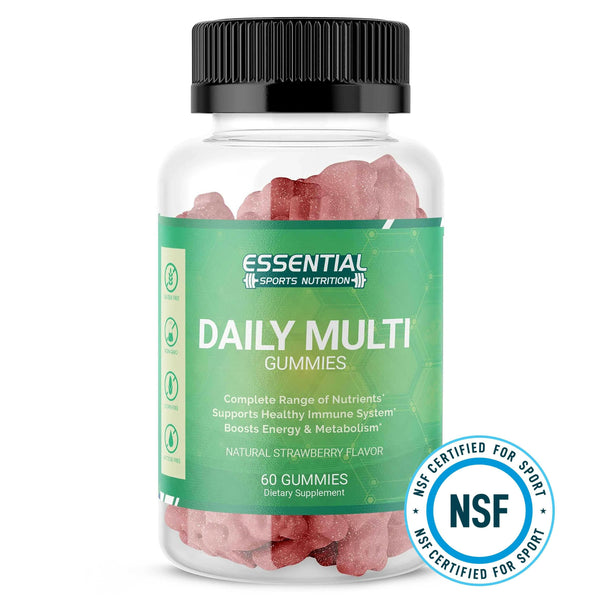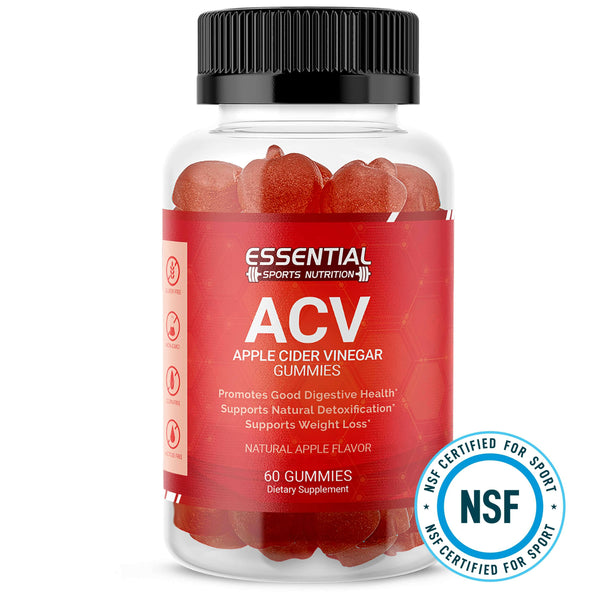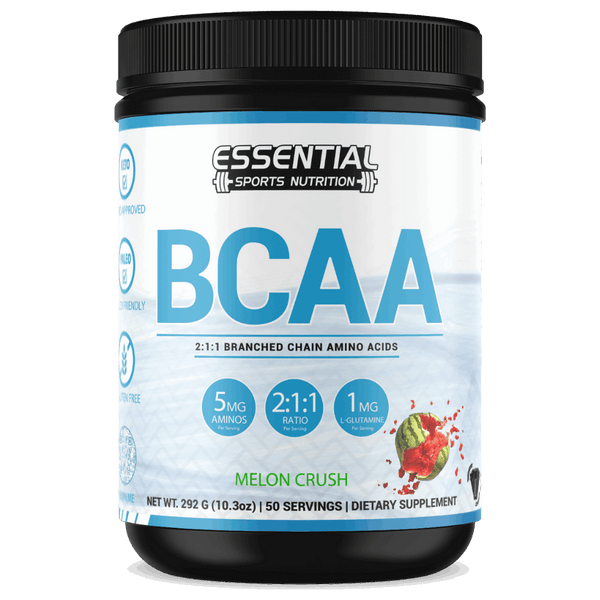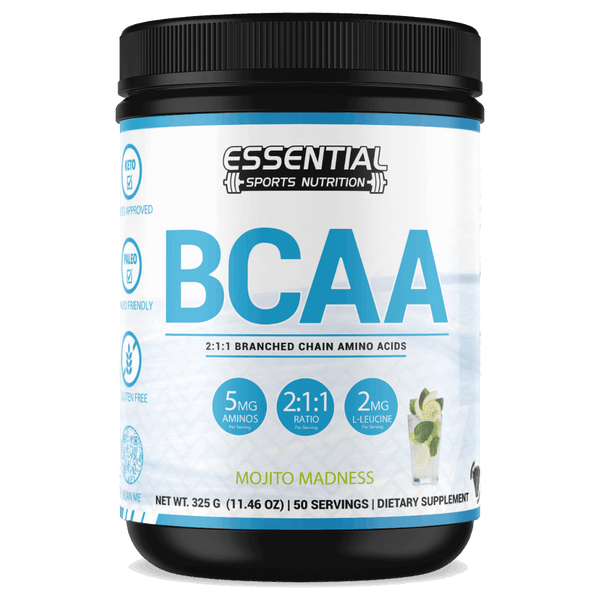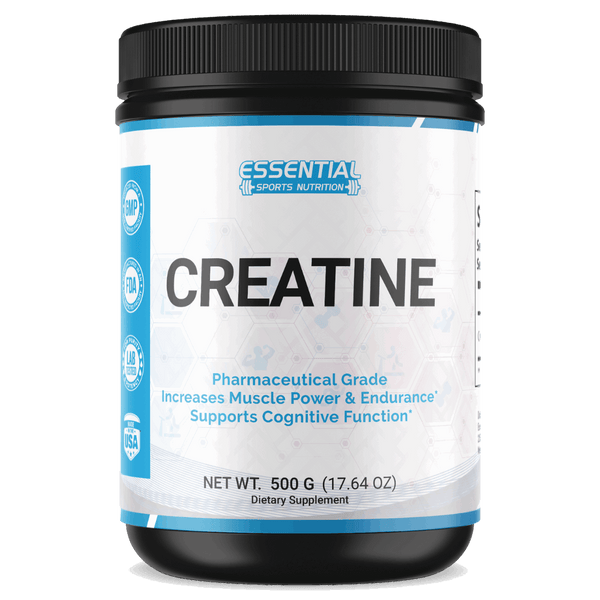Kettlebell Squat Variations: Proper Form and Common Mistakes
Learning the right way to do kettlebell squats is key. It helps you get the most from your workout and cuts down on injury risks. Kettlebells are great for building strength, but using them wrong can cause problems. We'll look at common mistakes with kettlebell squat forms and how to dodge them. Knowing the correct kettlebell squat technique is important. It'll help you improve without making errors that slow you down.

Key Takeaways
- Understanding the role of proper form in kettlebell squats is key to effectiveness and safety.
- Learn to identify typical form errors in kettlebell squats, such as incorrect stance or depth.
- Adopting a proper squatting technique is crucial for targeting the right muscles without strain.
- Avoiding form mistakes in kettlebell squats ensures a more beneficial and injury-free workout.
- By consistently practicing correct form, you can experience significant improvements in performance and strength.
Unlocking the Benefits of Proper Kettlebell Squats Technique
Learning kettlebell squats is not just about showing off strength. It’s about improving your form to gain many benefits. By using proper kettlebell squat technique, you work out specific muscles, boost your strength, and get better at movements. Here are tips to master kettlebell squats and upgrade your skills.
Squats are key in most strong workout plans, especially with a kettlebell. They add a challenge and pave the way for real improvements. By focusing on improving kettlebell squat form, your exercise is both safe and powerful. Learn the right way to squat and make the most of your workouts. Engage your core, keep your spine neutral, and let the kettlebell anchor you as you dive into strength and balance.
Each time you squat, it's a chance to better your posture and focus on workout details. Let's make every move significant!
Kettlebell Squats Form Variations Mistakes
Grabbing a kettlebell and starting to squat may seem easy. But mistakes in your form can slow your progress. Let's look at common mistakes in kettlebell squats. We'll also learn how to fix them for better performance and to avoid injury.
Correcting Forward Lean in the Kettlebell Squat
Do you lean forward too much when you squat? This issue reduces the workout's effectiveness and strains your lower back. A proper kettlebell squat technique involves keeping your back straight and core tight. This helps you stay upright. To fix this, imagine sitting back into a chair. Keep the kettlebell close to your chest.
This makes you more stable and balanced.
The Significance of Knee Tracking During Squats
It's important to align your knees correctly to avoid squat mistakes. While squatting, your knees should line up with your toes. They shouldn't collapse inward or stick out too much. Not paying attention to knee tracking not only undermines your stability and balance. It can also cause joint problems. When you lower down, press your knees out a bit. This keeps them aligned and prevents injury.
Ensuring Stability and Balance Throughout the Movement
Balance is crucial when doing kettlebell squats. It engages the right muscles and keeps you safe. Achieve stability and balance by spreading your weight across your whole foot. Don't lean too much on heels or toes. With regular practice of kettlebell squat variations, you'll see improvement.
Below is a table illustrating some corrective strategies that can be applied to common squat form errors:
| Mistake | Consequence | Correction Strategy |
|---|---|---|
| Forward Lean | Lower back stress | Imagine sitting back into a chair, maintain kettlebell close to chest |
| Improper Knee Tracking | Joint strain | Align knees with toes, press outwards during lowering phase |
| Poor Balance | Reduced muscle engagement | Evenly distribute weight across feet, practice consistently |
Understanding how to avoid common mistakes in kettlebell squats is key. Always pay attention to your squat form. Doing so will lead to stronger muscles, better posture, and fitness progress.
The Anatomy of a Kettlebell Squat: Muscles Activated
Knowing which muscles are activated in kettlebell squats is crucial for the exercise's success. When doing kettlebell squats, many muscle groups work together. They help with movement, stability, and strength. The main squat muscles used are the gluteal muscles, quadriceps, hamstrings, and calves. Your core muscles are also key in keeping balance and a good posture during the exercise.
Let's dive into the kettlebell squat muscles in detail:
- The gluteus maximus, the main muscle in your buttock, is crucial for hip extension.
- Your quadriceps, at the front of your thigh, help straighten your knee.
- The hamstrings, on the back of your thighs, assist the glutes in hip extension.
- Adductors, in your inner thighs, help keep you stable during the squat.
- Your core muscles, including your back's erector spinae and the abdominals, help keep your upper body stable.
- Though not the main focus, your calves help you push back up to standing.
To help you understand the role of these muscles, look at the table below. It shows the squat muscles and what they do during the kettlebell squat:
| Muscle Group | Role in Kettlebell Squat |
|---|---|
| Gluteus Maximus | Hip extension and power generation |
| Quadriceps | Knee extension and stability |
| Hamstrings | Hip extension and support for gluteal muscle |
| Adductors | Stabilization and alignment of lower body |
| Core Muscles (Abs and Erector Spinae) | Maintaining posture and protecting the spine |
| Calves | Auxiliary support during the press phase |
By working on the muscles used in kettlebell squats, you get a full-body workout. This improves movements useful in everyday life. Remember, using the correct form is crucial. It ensures these muscles work right and lowers injury risk. Focus on keeping your back straight, your core tight, and your knees in line with your toes as you squat.
Choosing the Right Kettlebell Weight for Your Squats
Picking the right kettlebell squat weight is important for the best results and staying safe. Learning to grow your strength with good form can boost your squat skills.
Starting Light: Building Up to Heavier Kettlebells
If you're new to kettlebell squats, start with lighter weights. Adding more weight slowly helps you get better at the squat and get stronger. If it hurts or feels wrong, the kettlebell might be too heavy, so go lighter to avoid hurting yourself.
When to Increase Kettlebell Size for Optimal Gains
It's time to use a heavier kettlebell when you can do squats easily without losing form. Being able to do many squats without trouble means you can handle more weight. Trust your feeling of being ready and your strength when choosing kettlebell weight for squats.
Here's a guide to help you increase your kettlebell weight:
| Experience Level | Starting Weight | Progression Interval | Signs to Progress |
|---|---|---|---|
| Beginner | 8-12 kg (18-26 lbs) | 4-8 weeks | Complete 2-3 sets of 12-15 reps with ease |
| Intermediate | 12-16 kg (26-35 lbs) | 6-10 weeks | Maintain form for 2-3 sets of 10-12 reps |
| Advanced | 16+ kg (35+ lbs) | 8-12 weeks | Execution of 3-5 sets of 6-8 reps with precision |
Always make the smart choice of a weight that fits your own level and goals. Progressing gradually is crucial for getting stronger. Yet, keeping your form right as you increase the kettlebell size is vital for safety and getting better at kettlebell squats.
Can the Traditional Goblet Squat Be Enhanced?
Looking for ways to mix up your workout? Think about trying goblet squat alternatives. The traditional goblet squat is great, but there are ways to make it even better. These changes can target new muscle groups for more benefits.
Doing squats correctly matters a lot. Changing up your routine can make workouts more fun. It also helps you get stronger. Try some new kettlebell squat variations to challenge your legs and core.
| Exercise | Target Muscles | Benefits |
|---|---|---|
| Sumo Goblet Squat | Glutes, Quads, Inner Thighs | Better engagement of adductors and overall lower body strength |
| Kettlebell Front Squat | Quads, Glutes, Core | Increased core engagement and improved posture |
| Single-Arm Kettlebell Goblet Squat | Core, Obliques, Quads, Glutes | Core stabilization and unilateral training |
| Kettlebell Overhead Squat | Quads, Glutes, Shoulders, Core | Upper body strength and increased mobility |
The kettlebell goblet squat is a key exercise for basic strength. But adding new moves can really elevate it. These variations not only increase motion and muscle work. They also make exercise more interesting for you.
Remember, when trying new kettlebell squats, focus on your form first. Safety comes before lifting heavy. This approach helps you get the most from your squat practice. Let's now see the kettlebell front squat:
Interpreting Common Cues for the Perfect Squat Form

Performing kettlebell squats well requires understanding a few key cues. Trainers often say to keep your "chest up" and "drive through heels." These aren't just encouraging words. They're critical advice for nailing the perfect squat form. We'll go over these cues to enhance your technique and make your workouts both effective and safe.
Exploring the "Chest Up, Shoulders Back" Directive
Having a proud chest and shoulders back is crucial. It's not just for looks — it keeps your spine safe and helps your muscles work together. Keeping your chest up engages your upper back. This ensures you stay upright during the squat.
How the Drive Through Your Heels Powers Your Squat
The advice to "drive through heels" is about shifting your weight correctly. It helps in powering up your hips and thighs. By doing this, you make sure the force goes right up through your body. This improves your squat form and works your back muscles hard.
Every kettlebell squat should include these cues. Proper form is key to your workout's success and safety. By focusing on "chest up" and "drive through heels," you build a strong base. Follow these tips, and you'll get better at kettlebell squats and enjoy their many benefits.
Utilizing Time Under Tension for Kettlebell Squat Mastery
The concept of time under tension is key to better kettlebell squats. It helps develop muscle strength and endurance. Adjusting the time your muscles spend under strain changes your workout's intensity. It’s not just about lifting more weight. It's about making each move count for muscle growth and fitness.
By adding dynamic holding and changing your kettlebell squat rep speed, you can use time under tension effectively. You don't have to increase your kettlebell’s weight. Let's see how these methods make your squats a stronger part of your exercise routine.
Manipulating Rep Speed for Squat Proficiency
Adjusting your kettlebell squat's speed can seriously boost your muscle power. Slow down when you go down, pause at the bottom, then quickly come up. This approach does more than just lifting. It makes your muscles work longer. This increases squat intensity and helps your muscles grow and adapt.
Dynamic Holding: Increasing Intensity Without More Weight
Dynamic holding boosts your kettlebell squats without extra weight. Add a pause at the squat's hardest part to really feel the burn. This causes a lot of muscle fatigue and strengthens them.
This method needs tough mental and physical strength. It pushes you to face the challenge head-on. It’s a great way to see real improvements in your form and squat ability.
| Exercise Variation | Time Under Tension | Benefits |
|---|---|---|
| Standard Kettlebell Squat | 1-2 seconds per rep | Builds foundational strength and endurance |
| Slow Descent Kettlebell Squat | 3-5 seconds per rep | Increases muscle engagement and improves control |
| Bottom Hold Kettlebell Squat | 2-3 seconds hold at bottom | Enhances muscle isometric strength and stability |
| Explosive Kettlebell Squat | Faster ascent, increased explosive power | Augments fast-twitch muscle fibers for speed |
Your journey to mastering kettlebell squats is your own. It values quality, willpower, and commitment. Whether you aim to build muscle or reach new strength levels, changing rep speed and using dynamic holds make your squats work for you. It's about smart, strong moves.
Conclusion: Elevating Your Kettlebell Squat Practices

As we wrap up our journey into kettlebell squats, we see the value of doing them right. Improving kettlebell squat practices is key. You've learned to dodge common mistakes. This makes it easier to enjoy all the good stuff kettlebell squats bring. Enhanced squat form and stability play huge roles in your fitness adventure.
With the tips we've shared, you're ready to perfect kettlebell squats. This also means you can dodge injuries and get more from your workouts. Picking the right kettlebell weight, knowing your squat, and mixing squats into your routine matter a lot. Every step builds a strong base for a fitter, more lively you.
Getting better at kettlebell squats needs patience, hard work, and the readiness to grow. Following these ideas helps you keep improving your squat form. You'll beat your records and take your fitness up a notch. Use these techniques in your training. You'll see your fitness level soar.
Kettlebell Squat Variations FAQs
Q: What is the goblet squat and how do you perform it?
A: The goblet squat is a squat variation where you hold a kettlebell or dumbbell in front of your chest, similar to holding a goblet. To perform the goblet squat, hold a kettlebell or dumbbell with both hands close to your chest, squat down by bending your knees and pushing your hips back, then return to the starting position.
Q: What are some common mistakes to avoid when performing goblet squats?
A: Some common mistakes to avoid when performing goblet squats include leaning too far forward, rounding your back, not going low enough in the squat, and using a weight that is too heavy to maintain proper form.
Q: What are the benefits of incorporating goblet squats into your workout routine?
A: Goblet squats are beneficial for improving squat technique, working on squat form, targeting the muscles in your legs and core, and can help build strength and endurance. They are also a versatile exercise that can be modified for different fitness levels.
Q: What are some goblet squat variations to try for a different challenge?
A: Some goblet squat variations to try include heel-elevated goblet squats, goblet squats with a pause at the bottom, single-leg goblet squats (pistol squats), and goblet squats with a pulse at the bottom to increase the difficulty and engage different muscle groups.
Q: How can holding a kettlebell or dumbbell in front of your body enhance the goblet squat?
A: Holding a kettlebell or dumbbell in front of your body during a goblet squat helps to counterbalance your weight, allowing you to maintain a more upright posture, engage your core muscles, and focus on proper squat form. It also adds resistance to the movement, making it more challenging.
Q: What are some common mistakes people make when performing kettlebell squats?
A: Some common mistakes people make when performing kettlebell squats include not maintaining good form throughout the movement, using improper weight for their fitness level, not going deep enough in the squat, and neglecting to engage the core and leg muscles properly.
Q: How can I improve my squat form when using a kettlebell for squats?
A: To improve your squat form when using a kettlebell, focus on keeping your chest up, your back straight, and your weight in your heels. Engage your core muscles, push your hips back as you squat down, and aim to go as low as your flexibility allows while maintaining good form.



